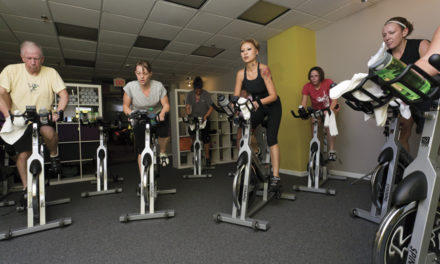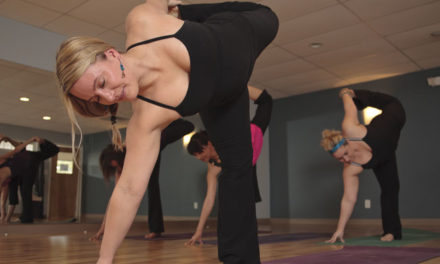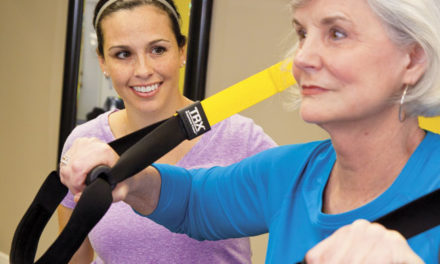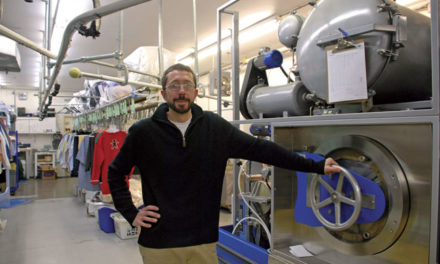BY JANET MANDELSTAM
If painful bunions are your problem, the place to go in Indiana for minimal-invasive corrective surgery is the Bloomington Podiatry Centre.
Dr. Michael Hoffman, a practicing podiatrist for 40 years, says he has been performing “minimal-incision, out-patient surgery” for bunions since 1988. Patients “walk in and walk out,” he says. No wheelchairs, no crutches, just a “little surgical shoe, which they will wear for about four weeks.” And no hospital expenses for operating rooms or anesthesiologists, he says, “since ninety-nine percent of the surgeries are performed in the office.”
Most people think of bunions as a bump protruding from the side of the big toe, but a bunion is actually the result of a misalignment of bones in the foot. In Hoffman’s practice, the surgical remedy requires three small incisions of one-eighth or one-quarter inch to “remodel a piece of bone” in the foot with an instrument that looks like one a dentist might use to scrape your teeth. The incisions are closed with only one or two stitches.
“Someone like a secretary, who has primarily a sit-down job, can be back at work in a week,” Hoffman says, whereas workers who are on their feet all day will need six to eight weeks of recovery time. “We’re making the bone look the way it was meant to be,” he says, “and it takes that long for bone to heal.” Patients then will be fitted for an orthotic, which they will wear from then on. These shoe inserts “are now so thin they can be worn with almost any type of shoe,” he says.
Hoffman and his colleague, Dr. Gene DeVane, do not perform the procedure for cosmetic purposes. “You have to have pain; you have to have tried more conservative methods first [such as medication or a change of footwear],” Hoffman says. “Surgery is a last option.”
Women are nine times more likely to suffer from bunions than men. While wearing high-heel or pointed-toe shoes “doesn’t help,” he says, they are not the cause of bunions, which are hereditary. Still, it is possible to prevent or lessen the pain of bunions “if you start early enough with orthotics,” Hoffman says, “but no one gets their feet examined as a child. They get their eyes, their teeth examined, but not their feet.” For more information visit bloomingtonpodiatry.net.
















